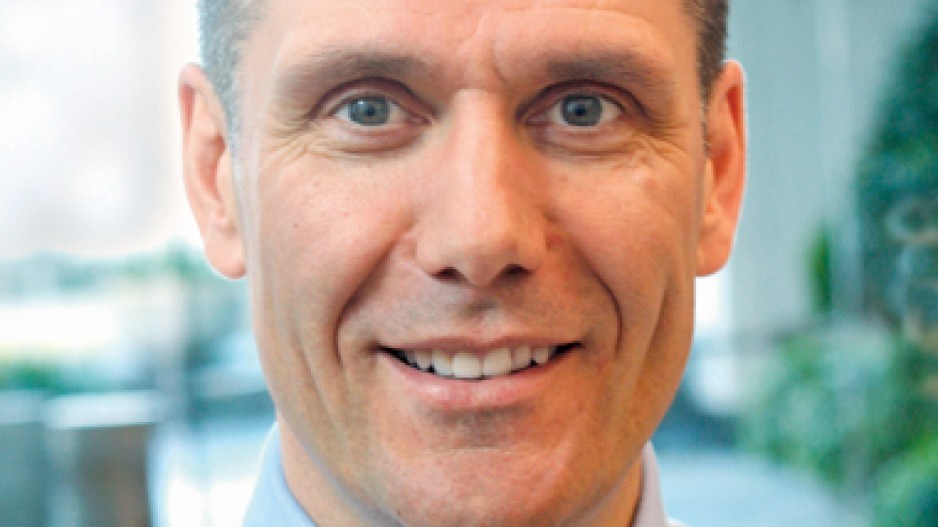Business in Vancouver's "How I Did It" feature asks business leaders to explain in their own words how they achieved a business goal in the face of significant challenges. In this week's issue, Edward Wright, CEO of CRH Medical Corp. (TSX:CRH), explains how moving from standalone clinics for treating hemorrhoids to selling its medical device to gastroenterologists was almost instantly profitable.
"ID Biomedical Corp. [IDB]was sold to GlaxoSmithKline [NYSE:GSK] for just under $2 billion. The CEO was Dr. Tony Holler. As they exited IDB, they identified the CRH O'Regan system as a very innovative technology for the treatment of hemorrhoids. They looked to acquire this technology that is the backbone of CRH today.
"I spent 20 years building a successful career in the luxury goods industry. During that time, I was based in Vancouver, Toronto and New York. Tony was looking to build a strong board and management team to take this product forward. I was working for Cartier in New York as senior vice-president of retail for North America when Dr. Holler and the board asked me to join as CEO.
"The company, when I arrived, had a strategy to build clinics. We would hire doctors and staff and spend a substantial amount of money on marketing to drive patients to these clinics. Initially we had clinics in San Francisco, L.A., Las Vegas, Chicago and Atlanta.
"We were losing lots of money. It's expensive, we've got lots of costs. I very much had a mindset for retail and wholesale, and this is very much a retail model to me. All along I'm thinking, we've got an unbelievable device here, I would like to have more of a wholesale approach where we could put this in the hands of doctors who could use this with their patients.
"In moving forward with the direct-to-physician model, we identified gastroenterologists as suited for the CRH O'Regan system. Each year in the U.S., GIs perform the vast majority of about 15 million colonoscopies, with 15% to 20% of these resulting in a diagnosis of hemorrhoids.
"Our goal was to give GIs the education and support necessary to create a paradigm shift in the treatment of hemorrhoids – giving them the ability to provide a continuum of care to their patients. To date, we have trained nearly 1,500 physicians on the use of our technology, with more than 115,000 procedures annually.
"In December 2010, we shut down the last of the clinics and moved the business entirely to wholesale. If you fast-forward to today, our run rate is approaching $8 million. We sell the device for $65. The company is now selling about 120,000 units year, primarily into the GI community.
"The company was never profitable until the first quarter of 2011. The moment we exited from the clinic model, the company became profitable in that quarter and has remained profitable now for 12 consecutive quarters, having just reported on July 23 a net income for the second quarter of 2013 of $502,000 on revenue of $1,950,000.
"We're currently going through an approval process in China and evaluating other markets as well. We will look at the Canadian marketplace moving forward, but it's tiny compared to the opportunity in the United States."




